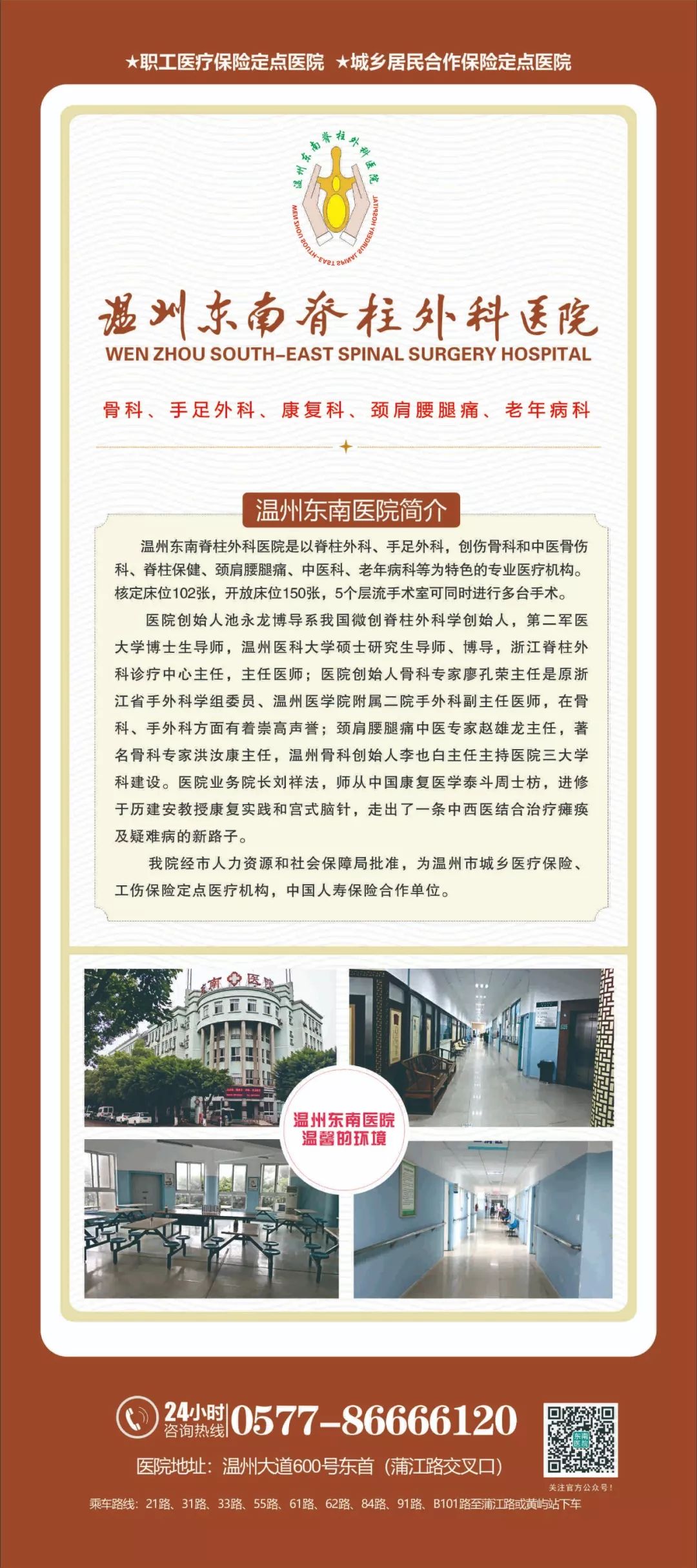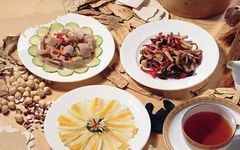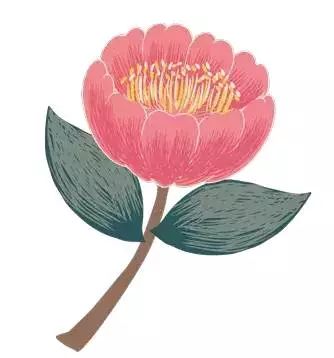
Medicinal cuisine is ubiquitous in our lives. We often add local herbs or specialty Chinese medicinal ingredients to our meals, whether in soups, wines, teas, or porridge.
Medicinal cuisine is commonly used to improve our appetite, enrich our diet, regulate our lifestyle, and of course, it can also serve as a dietary therapy for disease prevention and treatment.
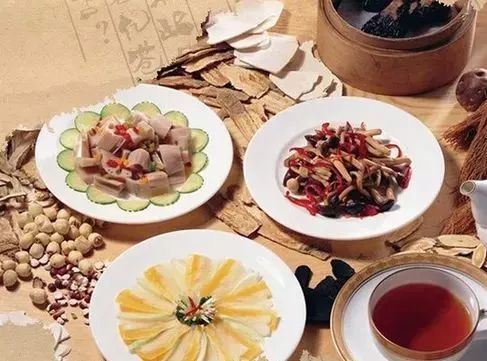
01

What is Medicinal Cuisine
Medicinal cuisine is based on the theories of Traditional Chinese Medicine (TCM) and practical experiences in dietary health, representing the combination of medicinal herbs and food.
It serves as both medicine and food, achieving the effect of “disguising the bitterness of medicine with the pleasure of food”, transforming bitter medicine into palatable remedies.
The tradition of Chinese medicinal cuisine dates back to ancient times and has a long history.
Sun Simiao stated: “As a physician, one must first understand the source of the disease, know what has been violated, and treat it with food. If dietary therapy does not cure it, then one may resort to medicine.”
He placed dietary therapy at the forefront of methods for treating diseases.
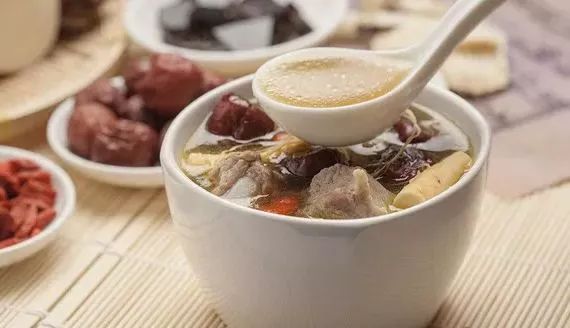
02

The Functions of Medicinal Cuisine
Medicinal cuisine generally uses ingredients that are “both medicinal and edible”.
According to the Taiping Shenghui Fang: “Food can expel evil, calm the organs, clear the mind, and nourish qi and blood. If one can eat to alleviate illness and adapt to the conditions of the patient, it can be considered excellent practice,” many Chinese herbs are “both medicine and food”.
With reasonable combinations, accurate differentiation of syndromes, delicious dishes, and the integration of dietary therapy, one can enjoy food while enhancing appetite, improving constitution, preventing and treating diseases, and prolonging life.
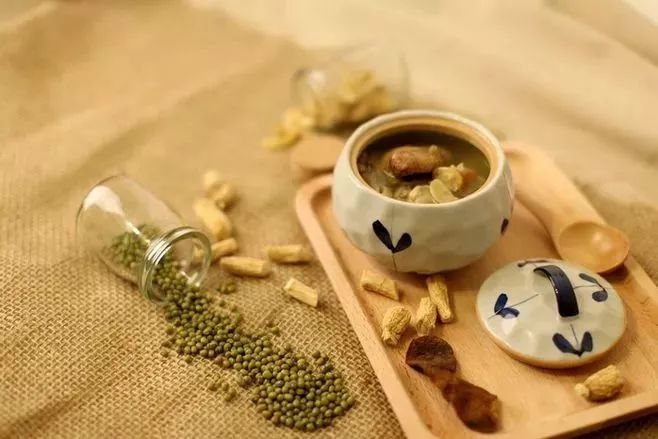
03

Precautions for the Application of Medicinal Cuisine
First, Differentiate Syndromes for Dietary Therapy
Depending on the nature of the disease and its stage, different medicinal cuisines should be used.
For example: for a cold due to wind-cold, use Zi Su Ye (Perilla Leaf), Sheng Jiang (Fresh Ginger), and brown sugar to make a decoction; for a cold due to wind-heat, use Sang Ye (Mulberry Leaf), Ju Hua (Chrysanthemum), and Bo He (Peppermint) tea.
Second, Adapt to Local, Personal, and Seasonal Variations
Regions differ from north to south, seasons vary with spring, summer, autumn, and winter, and individuals have different constitutions. When using medicinal cuisine, adjustments should be made based on these factors.
Especially during different seasons, one can utilize the “heavenly mechanism” for regulation.
For instance: during the Great Heat, soak Gao Li Shen (Korean Ginseng), and during the White Dew, consume Long Yan (Longan). For some individuals with a constitution of yin deficiency and excess heat, warming and drying dietary therapies should be avoided.
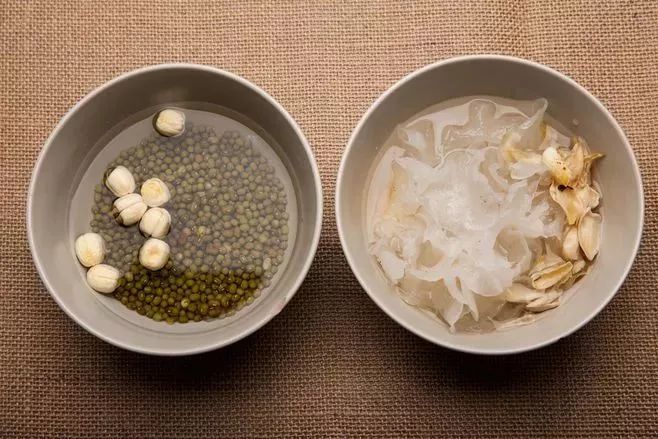
Third, Correct Consumption
Using medicinal cuisine should balance yin and yang, regulate the organs, and support the righteous while expelling the evil.
Good medicinal cuisine should be palatable and suitable for the body, and the formulation should fully consider the changes in yin and yang, the strength of organ functions, and the variations of righteousness and evil.
Fourth, Avoid Taboos
Taboos:
1. There are folk taboos; for example, some beliefs prohibit the consumption of pork or beef, so these ingredients should not be used.
2. Taboos for specific diseases; for instance, diabetics should avoid sweets and should not use ingredients high in starch or sugar.
3. Pregnant women, children, and the elderly have different physiological needs; for example, pregnant women should avoid certain blood-activating, spicy, and warming ingredients, which are all taboos.
4. Compatibility taboos; some medicinal herbs and food combinations can produce toxic side effects and should be avoided.
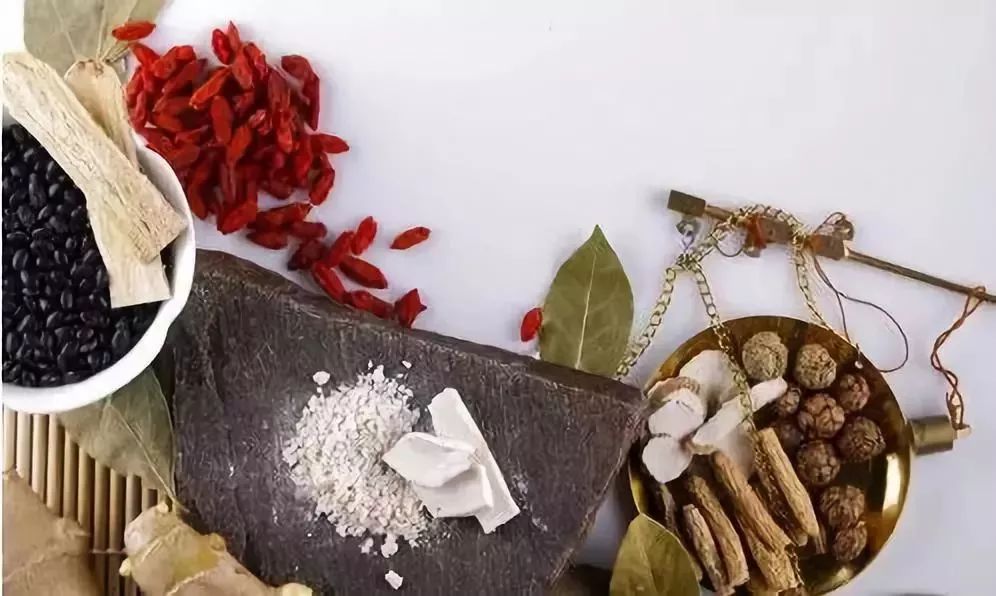
04

How Long Can Medicinal Cuisine Be Consumed?
Medicinal cuisine should ideally be arranged according to the individual’s constitution and the advice of a physician or pharmacist.
For example: for children with food stagnation, medicinal tea can generally be consumed once or twice a week for 2-3 weeks. If there is no food stagnation, it need not be consumed. If food stagnation is found again, another course can be taken.
05

What Constitutes Good Medicinal Cuisine?
Good medicinal cuisine is safe, green, and emphasizes the combination of Chinese medicine and diet.
In addition to having distinct TCM characteristics, it also possesses general food qualities, focusing on color, aroma, taste, and shape, as well as nutritional value.
A good medicinal cuisine should positively contribute to health maintenance and disease prevention while providing good nutrition and stimulating appetite, leaving a lingering taste.
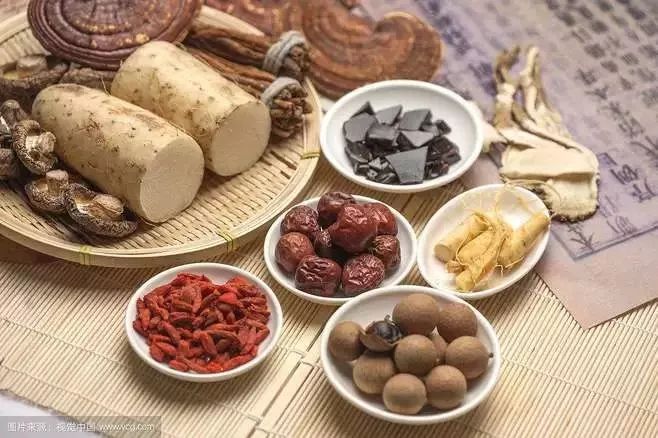
While understanding medicinal cuisine, let us also look at the list of food and medicine that was published by the National Health Commission in 2018.
▼
List of Chinese Medicinal Ingredients that are Both Food and Medicine
Clove, Star Anise, Fennel, Sword Bean, Cumin, Small Thistle, Yam, Hawthorn, Purslane, Black Mamba, Black Plum, Papaya, Hemp Seed, Daylily, Solomon’s Seal, Licorice, White Atractylodes, Ginkgo, White Broad Bean, White Broad Bean Flower, Longan Flesh (Longan), Cassia Seed, Lily, Nutmeg, Cinnamon, Ziziphus jujuba, Buddha’s Hand, Almond, Sea Buckthorn, Euryale Seed, Sichuan Pepper, Red Bean, Ejiao, Chicken Inner Gold, Malt, Kelp, Jujube (Red Date, Black Date, Sour Date), Luo Han Guo, Wu Li Ren, Honeysuckle, Green Fruit, Houttuynia, Ginger (Fresh Ginger, Dried Ginger), Zhi Zi (Gardenia), Goji Berries, Fructus Gardeniae, Sand Ginger, Fatty Sea, Poria, Citron, Agastache, Peach Kernel, Mulberry Leaf, Mulberry, Tangerine Peel, Platycodon, Alpinia Oxyphylla, Lotus Seed, High Ginger, Bamboo Leaf, Fermented Soybeans, Chrysanthemum, Chicory, Yellow Mustard Seed, Polygonatum, Perilla, Perilla Seed, Kudzu Root, Black Sesame, Black Pepper, Sophora Flower, Dandelion, Honey, Torreya, Sour Jujube Seed, Fresh White Grass Root, Fresh Reed Root, Viper, Tangerine Peel, Mint, Coix Seed, Allium Fistulosum, Raspberry.
(The above is a list of 86 items announced in 2012)
15 New Medicinal Ingredients Added in 2014:
Ginseng, Honeysuckle, Coriander, Rose, Pine Pollen, Pueraria, Bouea Macrophylla, Selfheal, Angelica, Mountain Ginger, Saffron, Grass Fruit, Turmeric, Piper Longum, used as both food and medicine within limited ranges and dosages.
9 New Medicinal Ingredients Added in 2018 as Both Food and Medicinal Ingredients:
Codonopsis, Cistanche, Dendrobium, American Ginseng, Astragalus, Ganoderma, Gastrodia, Cornus, Eucommia Leaf, used as both food and medicine within limited ranges and dosages.
[Friendly Reminder: The images in this article are unrelated to the medicinal materials mentioned.]
